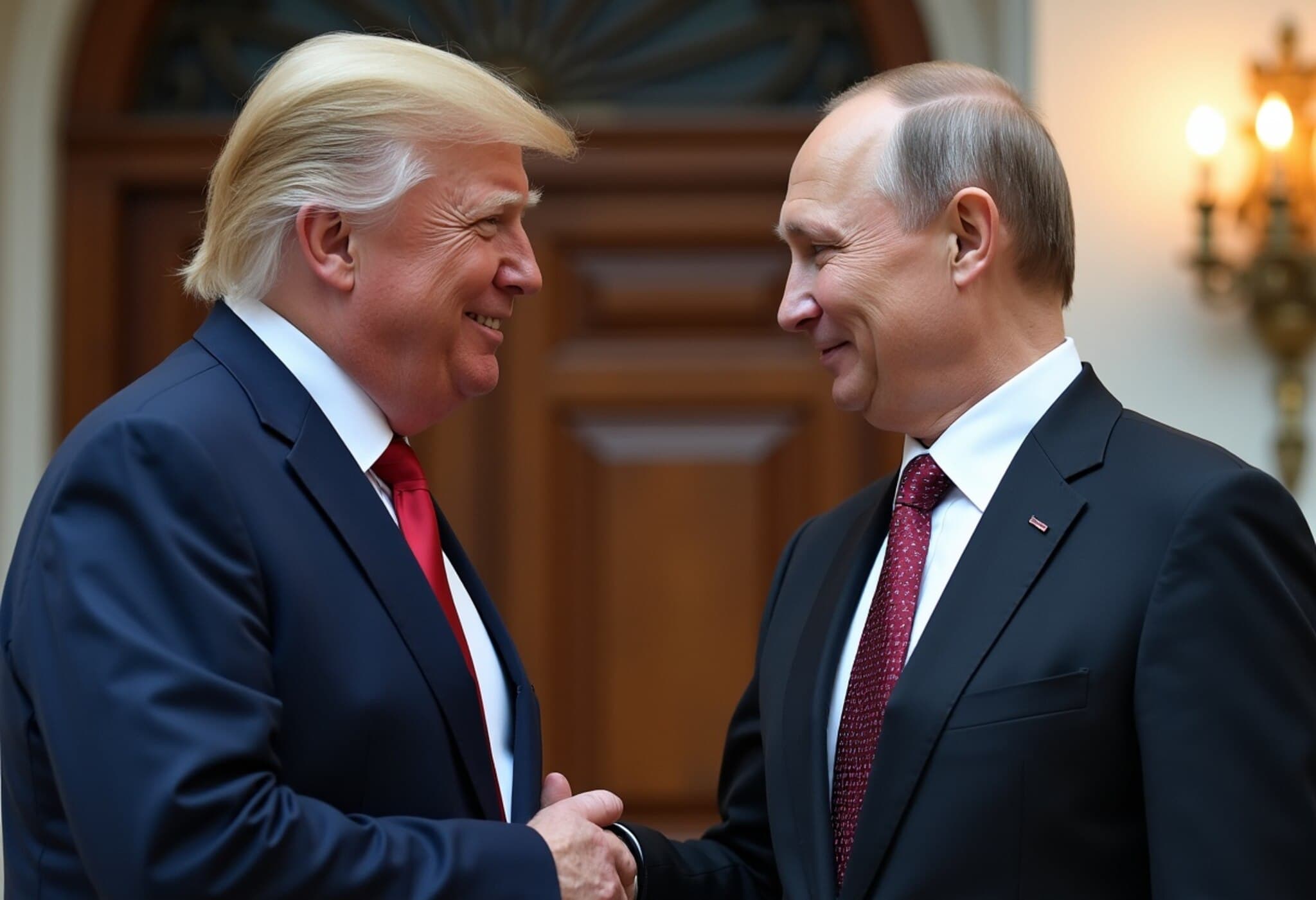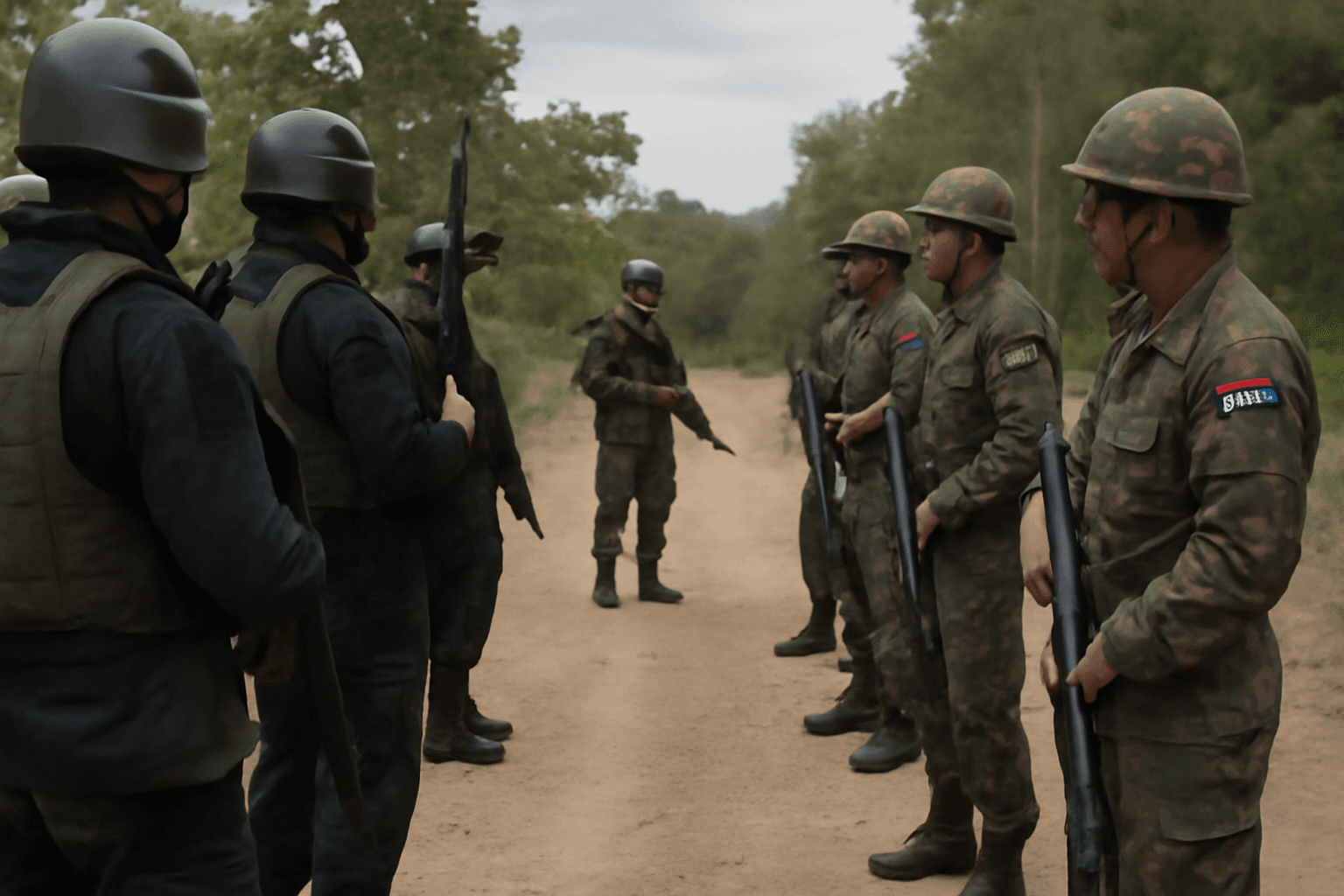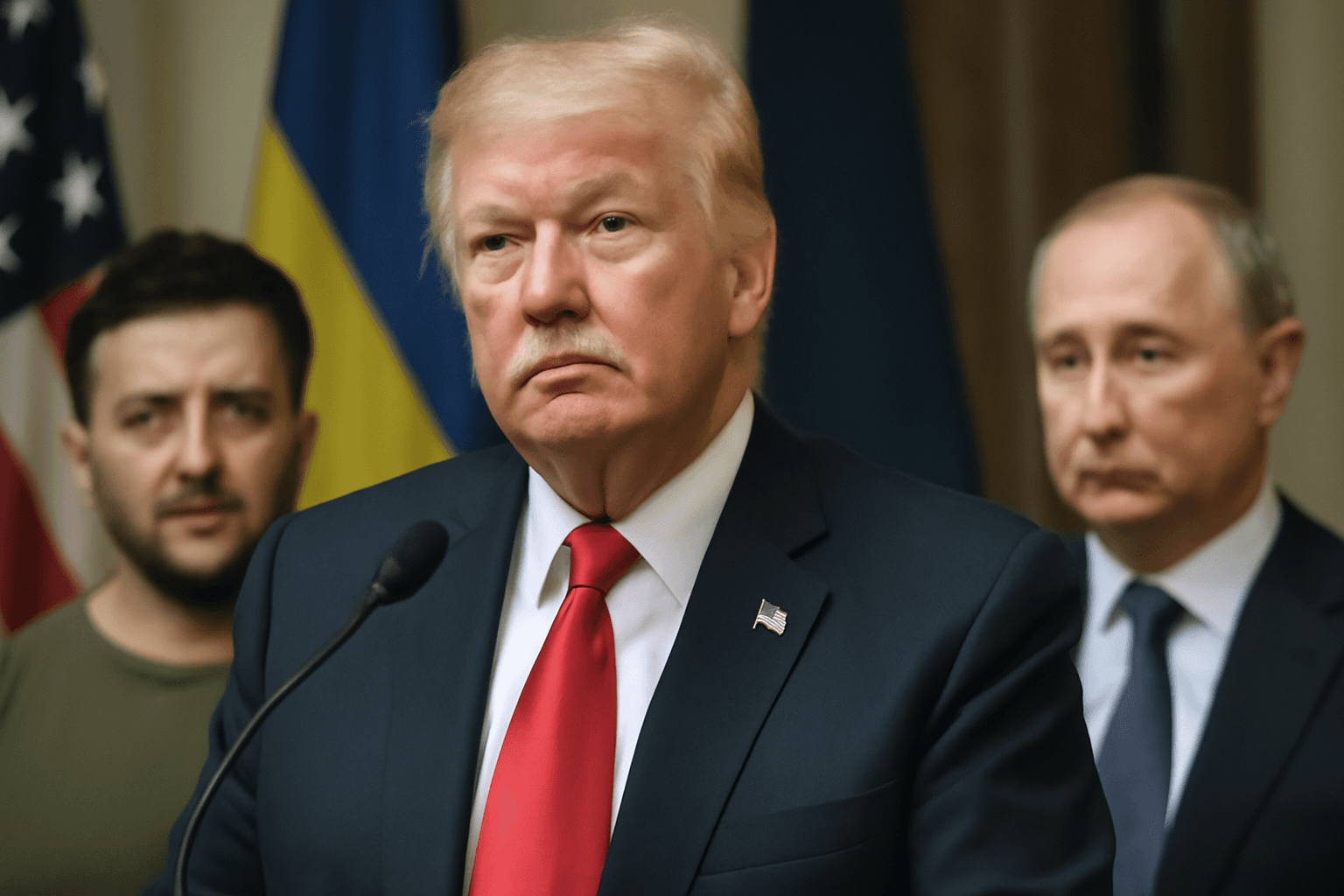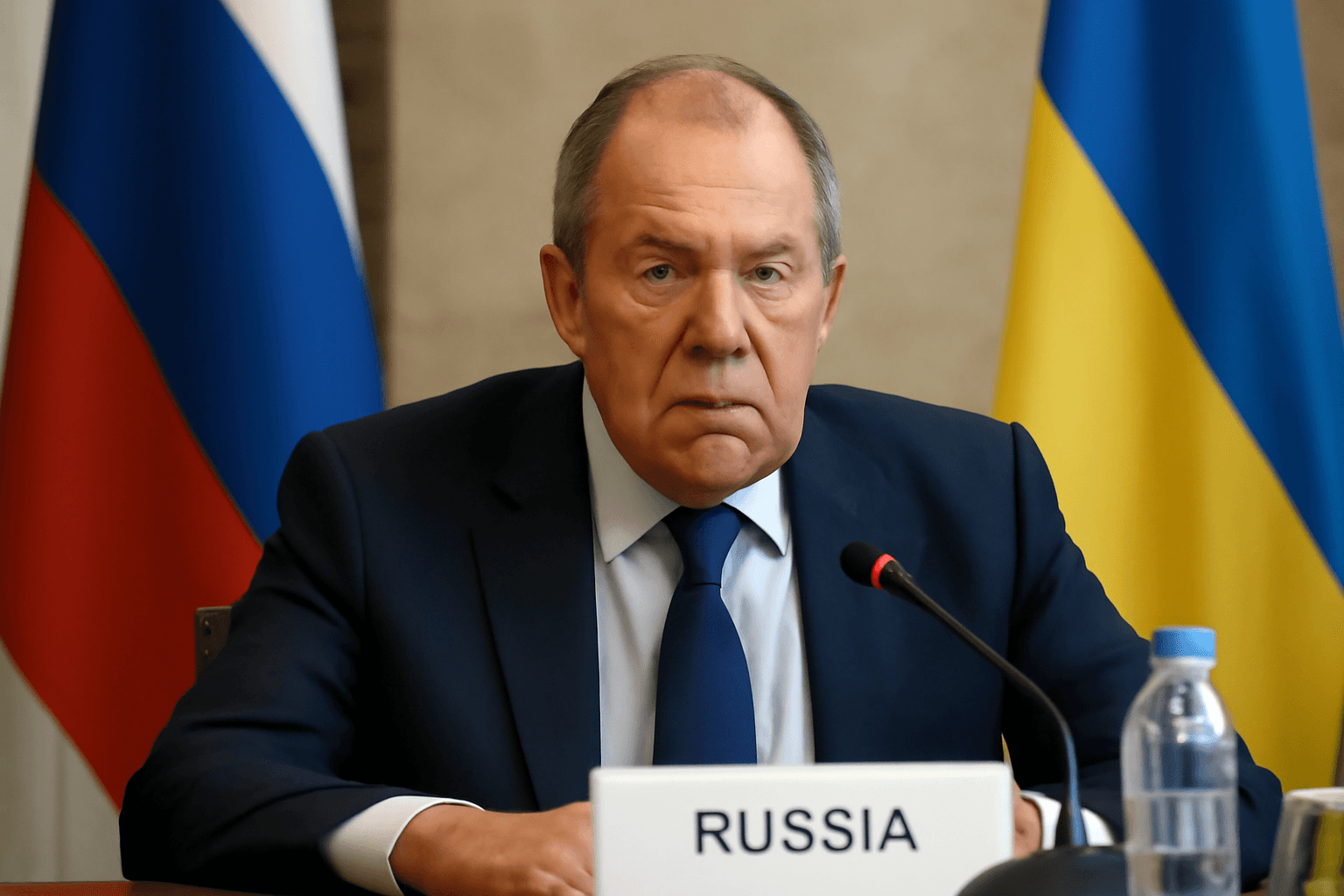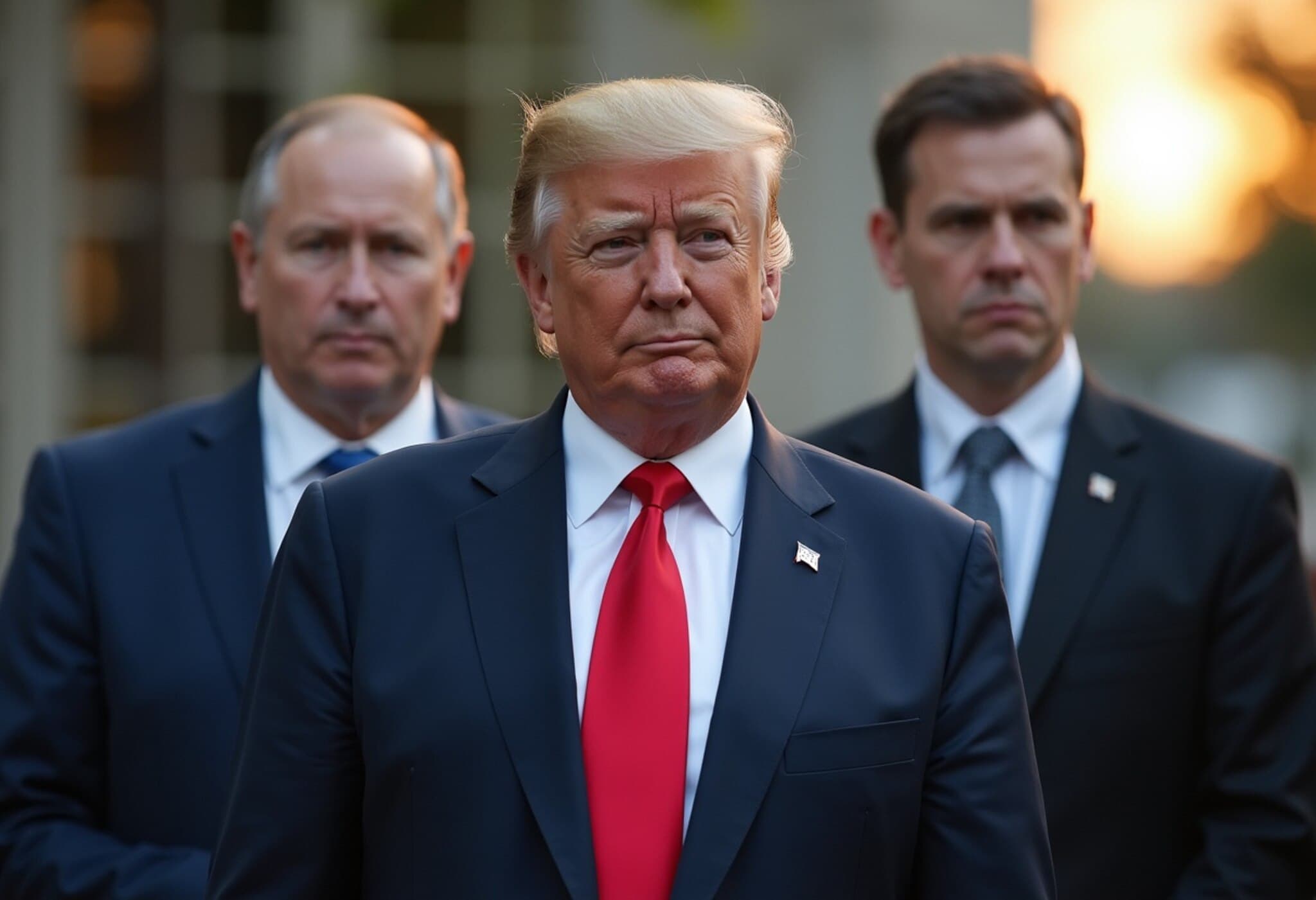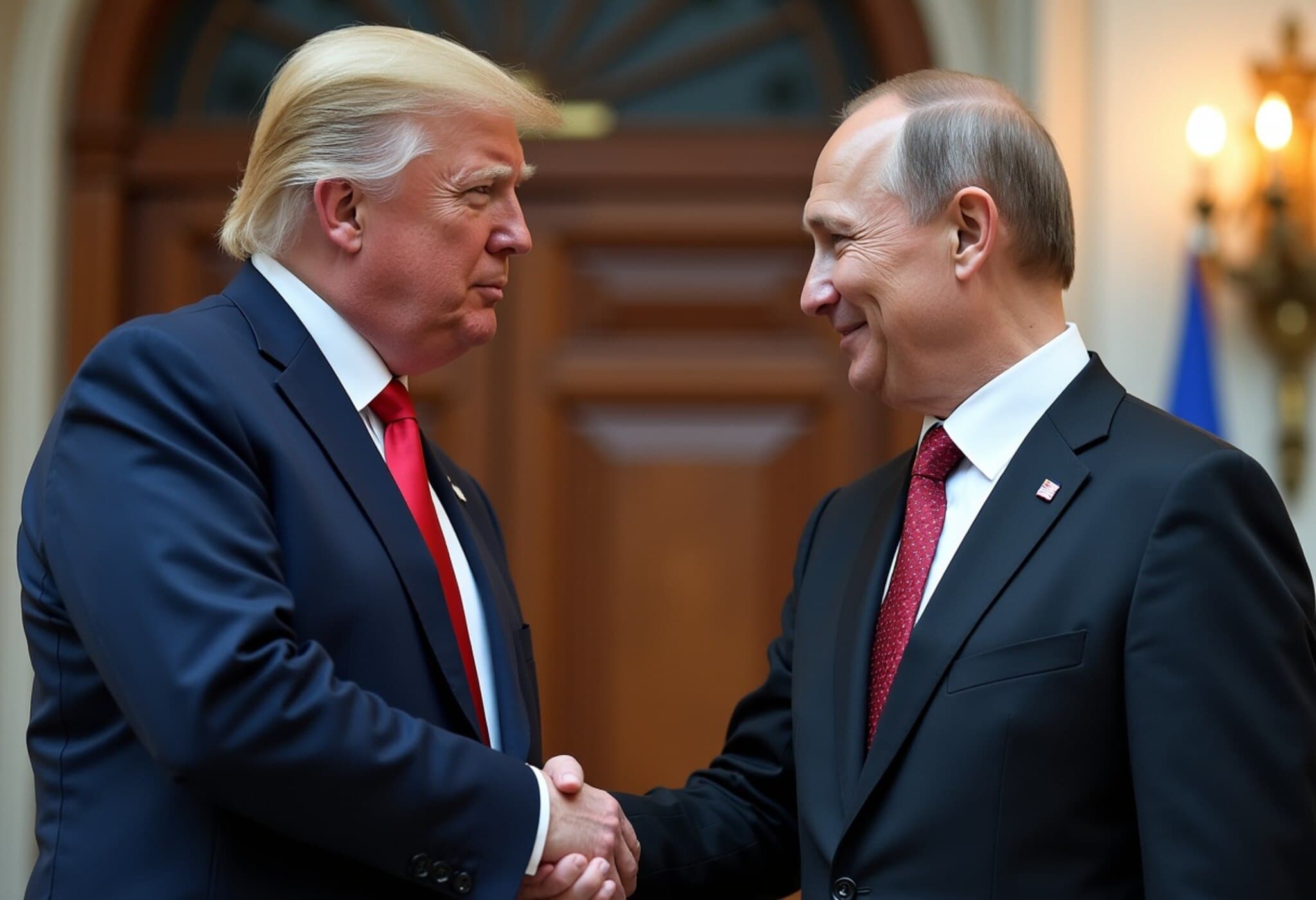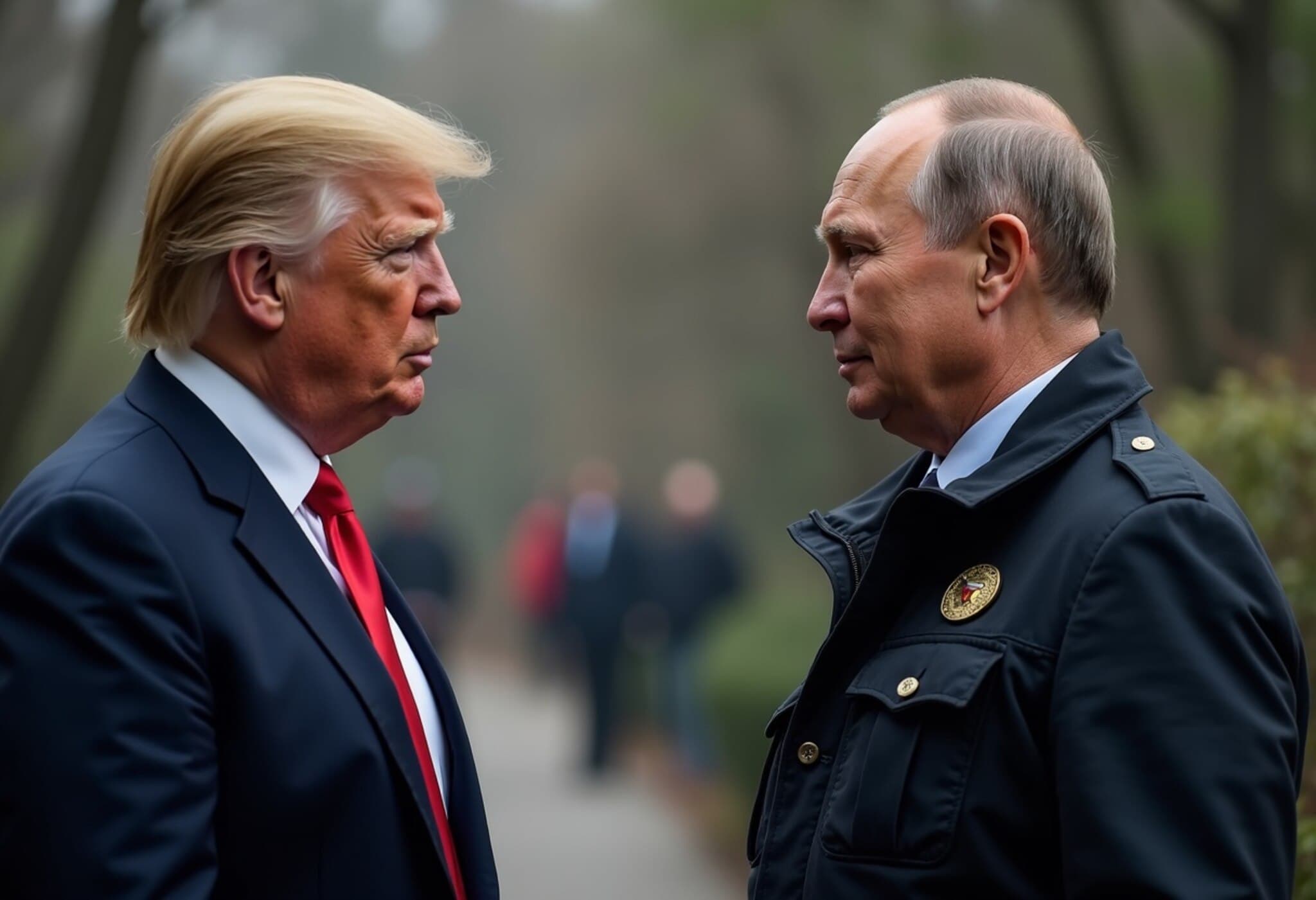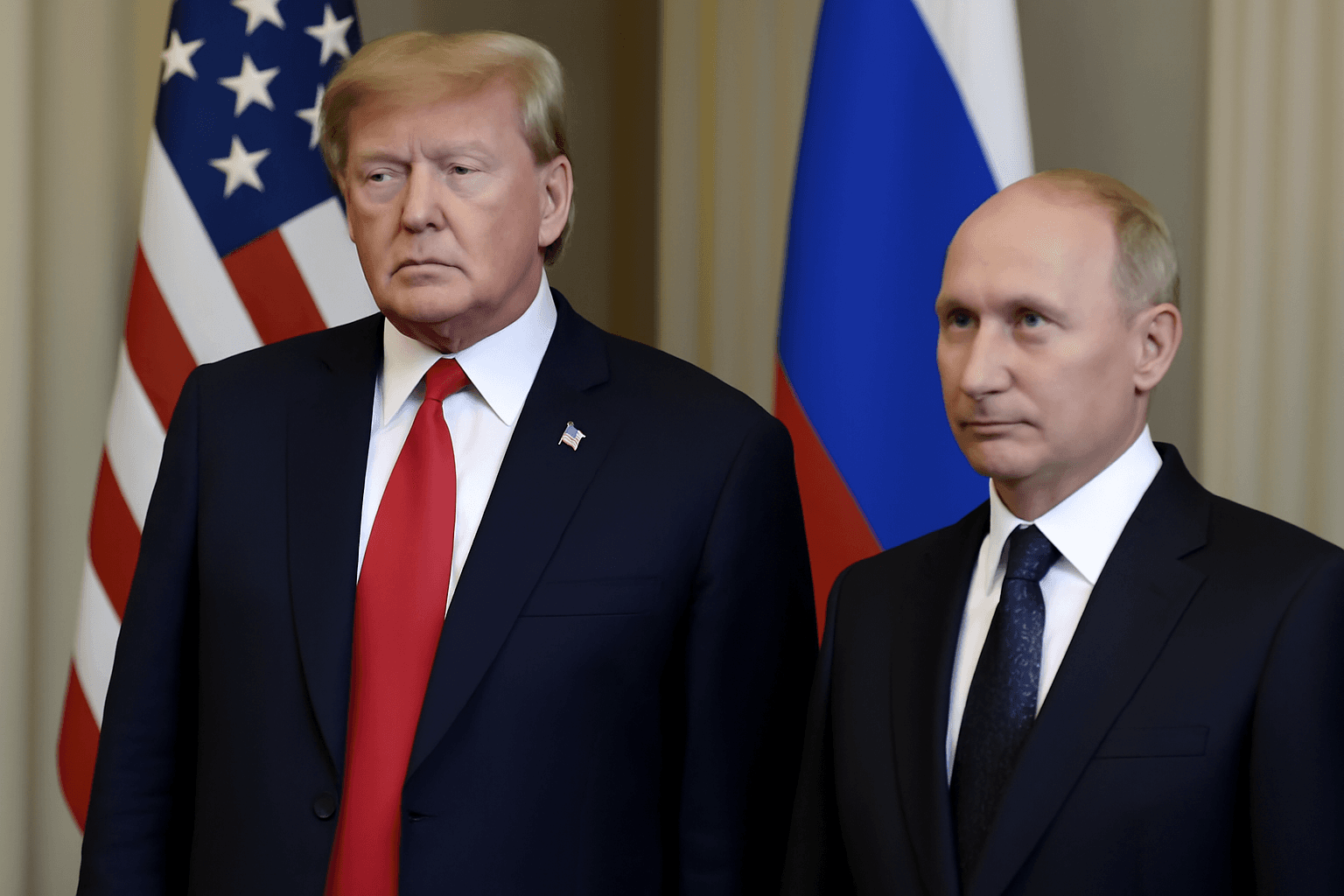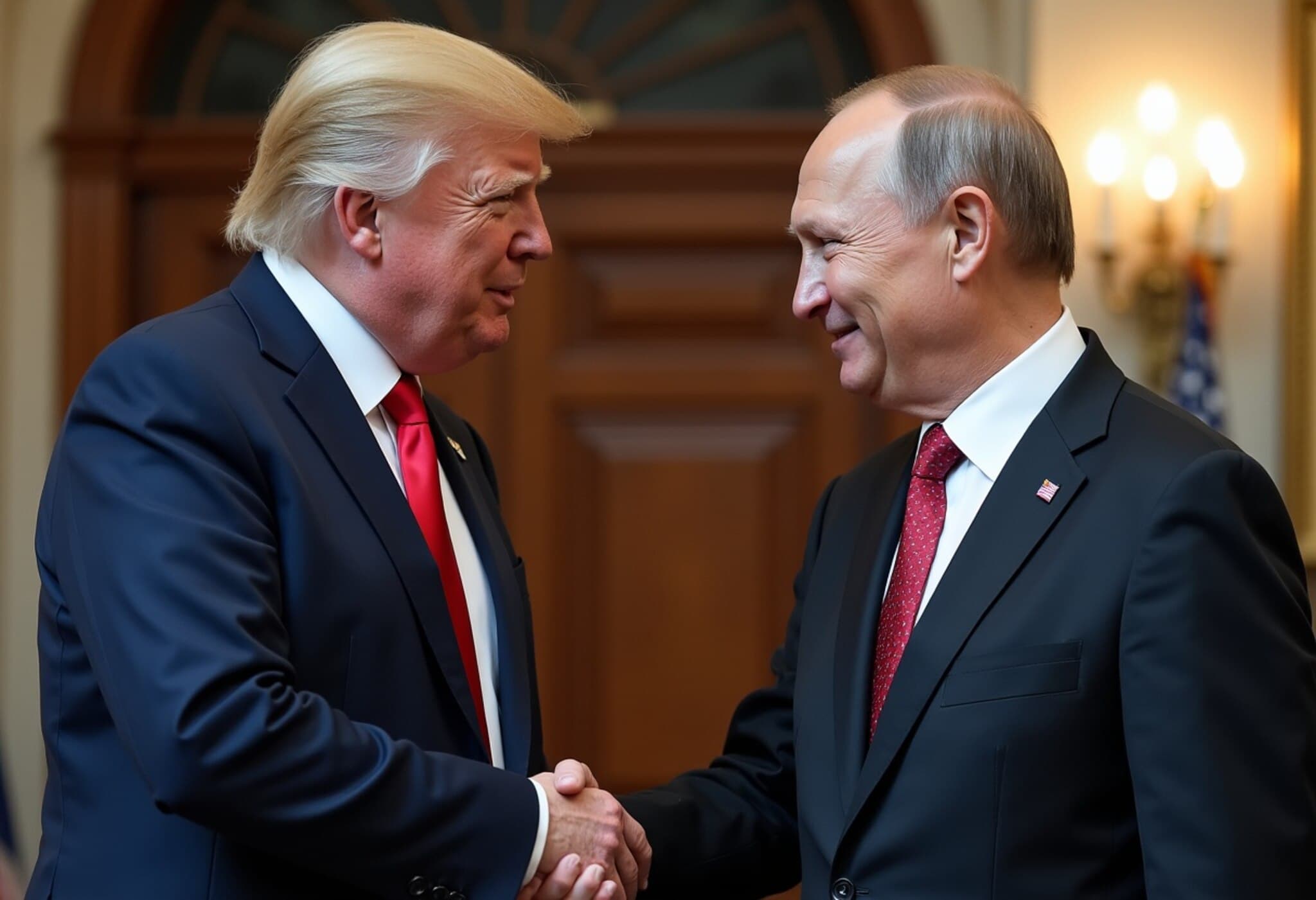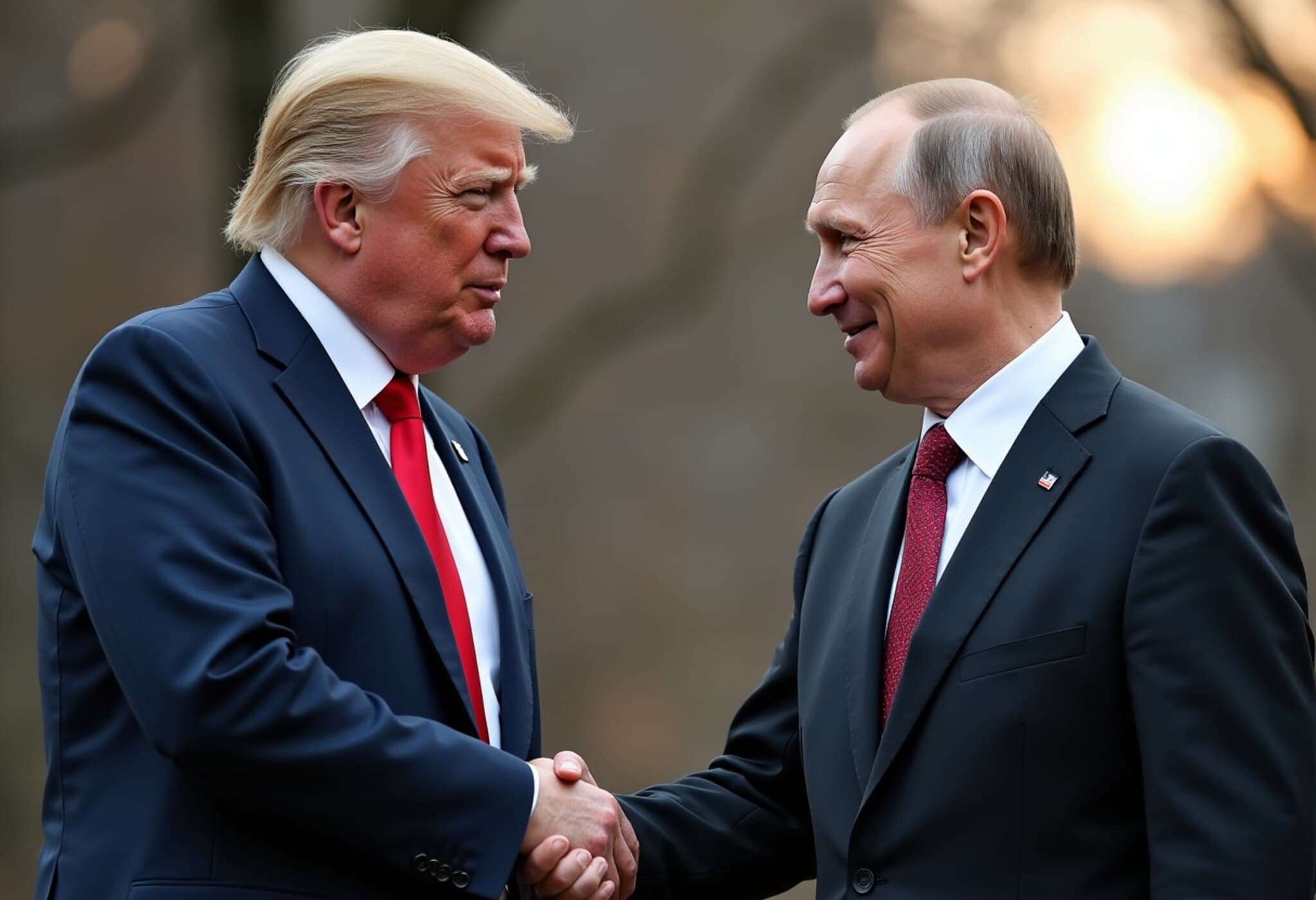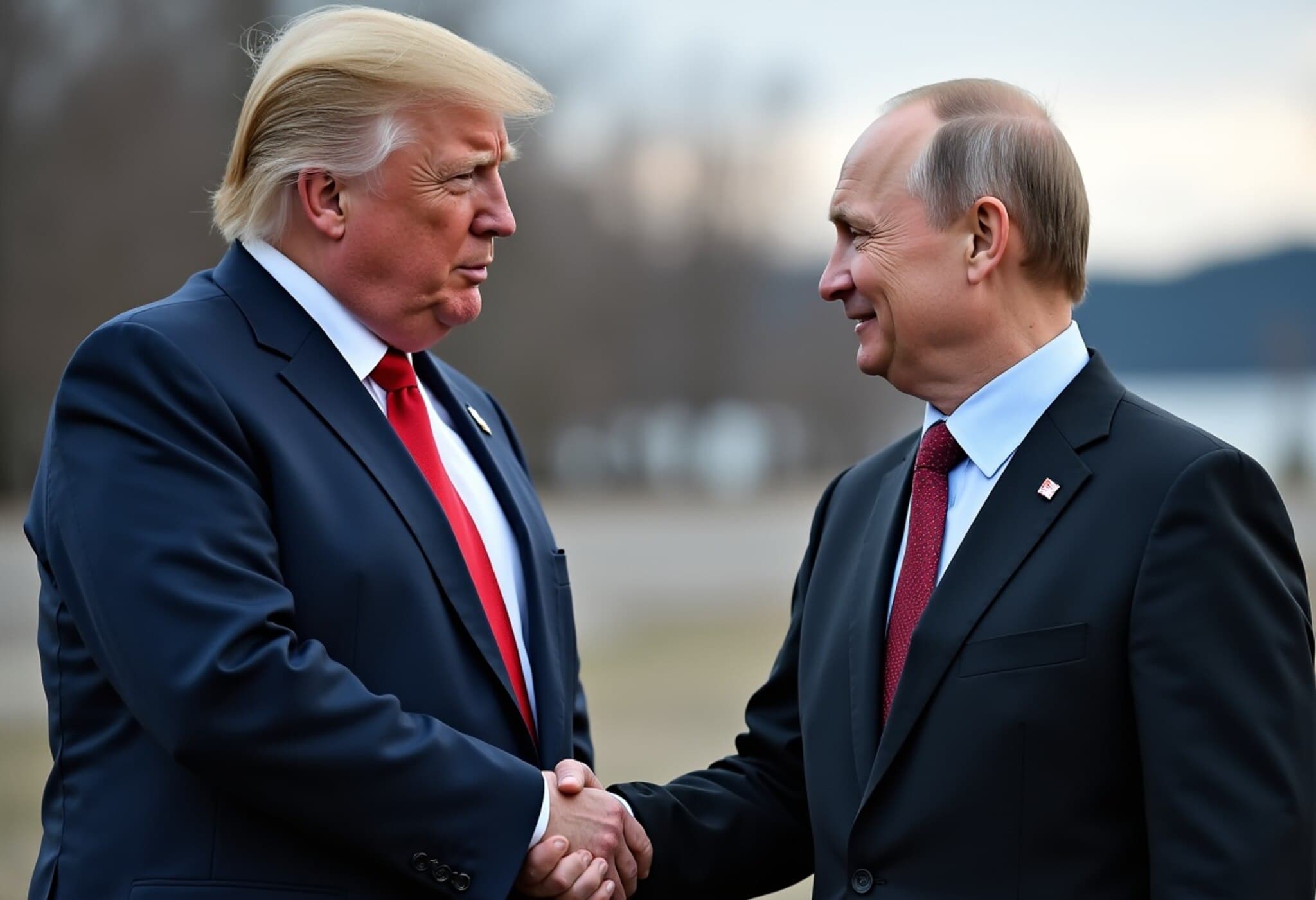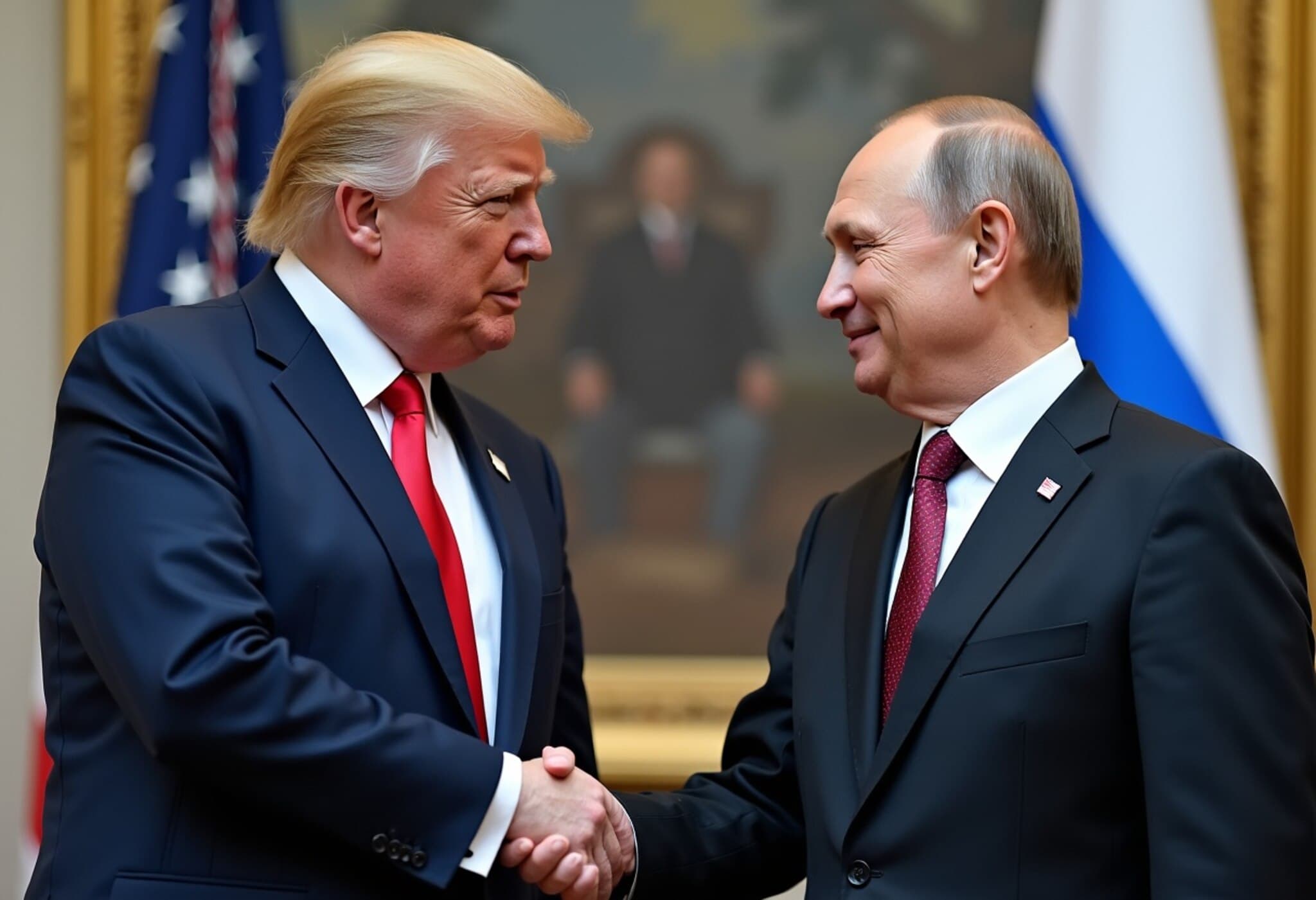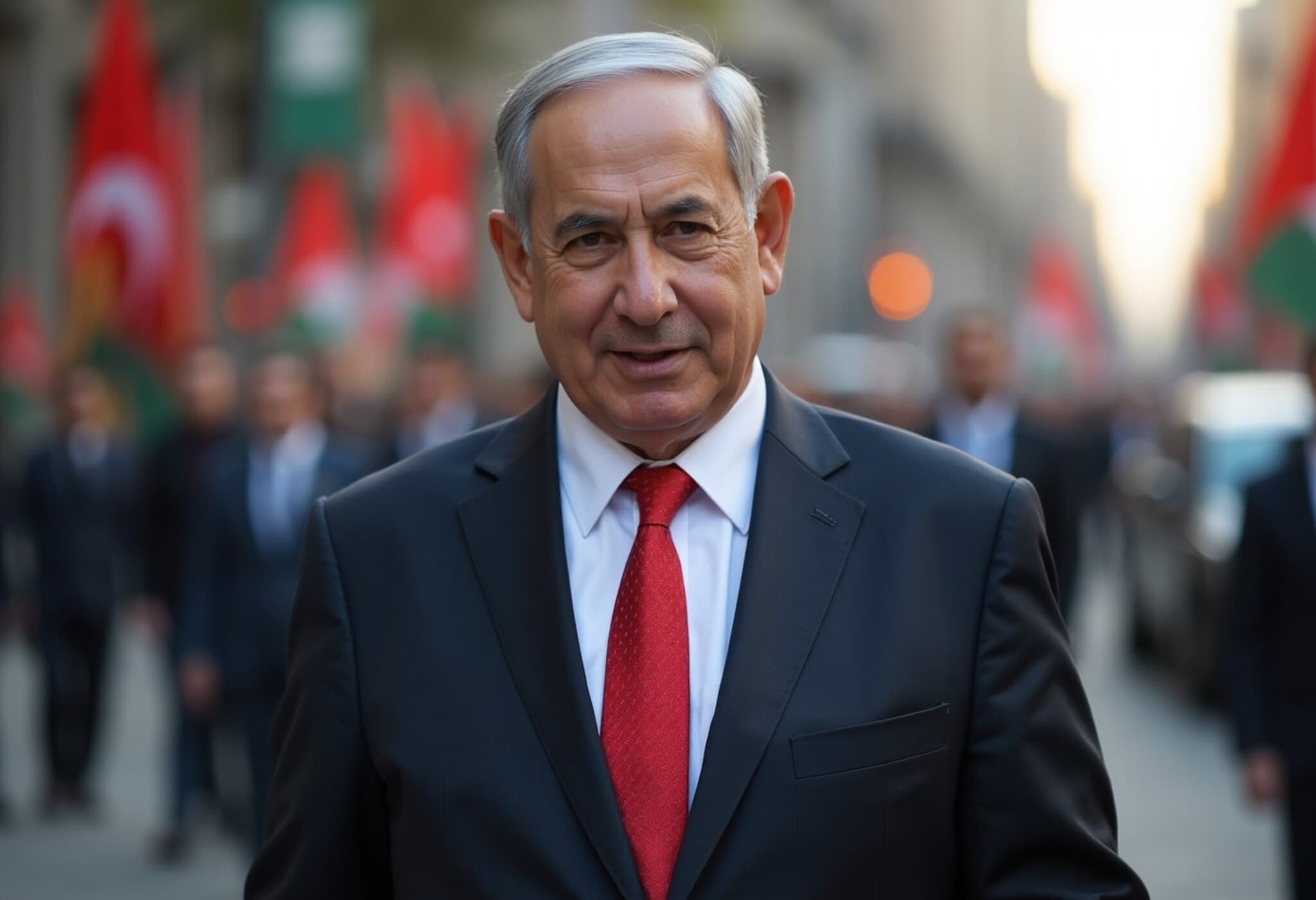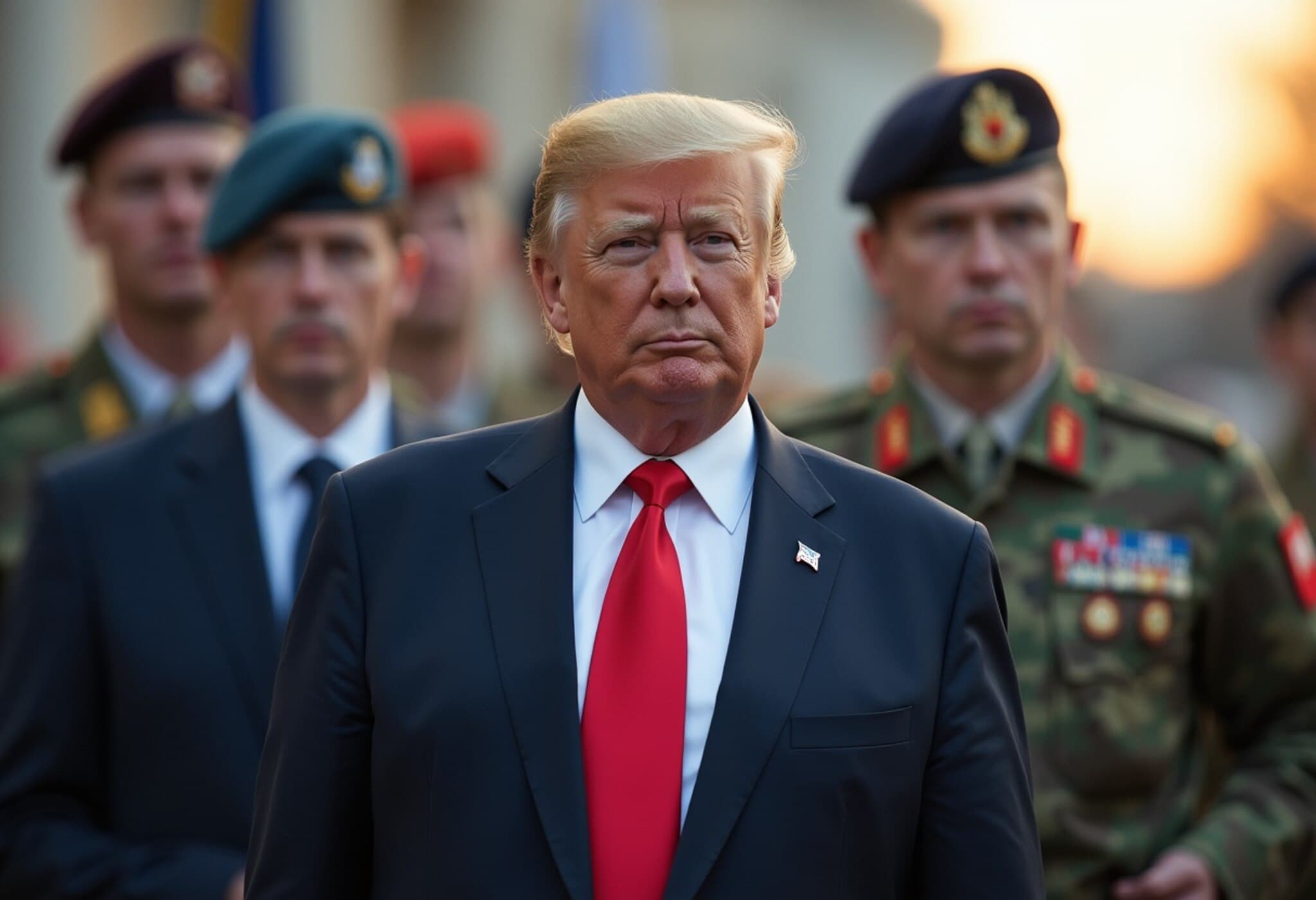Trump and Putin Set to Meet in Alaska Amid Hopes for Ukraine Ceasefire
In a development that has caught the global spotlight, former U.S. President Donald Trump announced that he and Russian President Vladimir Putin are scheduled to meet on August 15, 2025, in Alaska. This highly anticipated summit aims to discuss a possible peace agreement to end the ongoing conflict in Ukraine, a crisis that has drawn international concern for over two years.
Details of the Meeting and Its Stakes
Trump took to his platform, Truth Social, to confirm the meeting, describing it as a pivotal step towards resolving the Ukraine crisis. "The highly anticipated meeting between myself, as President of the United States of America, and President Putin, of Russia, will take place next Friday, August 15, 2025, in the Great State of Alaska. Further details to follow," he stated.
The Kremlin swiftly confirmed this announcement through spokesperson Yuri Ushakov, who told Reuters the leaders would focus on exploring options for a long-lasting peaceful resolution. However, Ushakov cautioned that the process would be "challenging," reflecting the complicated backdrop of the conflict.
Potential Ceasefire and Territorial Discussions
Speaking to reporters at the White House, Trump suggested that Ukrainian President Volodymyr Zelenskyy was engaged in negotiations and that a ceasefire deal was close. He noted, however, that the agreement could entail Kyiv relinquishing control over some territories. "There’ll be some swapping of territories to the betterment of both," Trump said, though he refrained from specifying which areas might be involved.
This aligns with Russia’s longstanding claims over the eastern Ukrainian regions of Luhansk, Donetsk, Zaporizhzhia, and Kherson, as well as Crimea, annexed in 2014. Russian forces, however, do not currently control all these areas completely. Recent reports, including one from Bloomberg News, hinted at negotiations that could formalize Moscow's hold over these territories—information the White House has dismissed as speculative.
Voices from Kyiv and the International Community
President Zelenskyy, in his nightly address, indicated that a ceasefire might be achievable with sufficient international pressure on Russia. He emphasized continuous engagement with U.S. officials and conversations with leaders from over a dozen countries.
Polish Prime Minister Donald Tusk, after meeting Zelenskyy, expressed cautious optimism. "There are hopes for at least a freeze in the fighting," he commented, underlining a delicate balance between hope and realism on the Kyiv side.
Continued Fighting Casts a Shadow Over Talks
Despite diplomatic overtures, conflict remains intense on the ground. The Associated Press reports that Ukrainian forces are locked in fierce battles along a sprawling 1,000-kilometer front. The Donetsk region, specifically the Pokrovsk area, has seen some of the most severe clashes as Russian forces push toward Dnipropetrovsk.
Ukrainian commanders expressed skepticism over Moscow’s sincerity for peace. As a drone unit commander within the Spartan Brigade bluntly put it, "It is impossible to negotiate with them. The only option is to defeat them." Similarly, a howitzer commander using the call sign Warsaw remarked, "We are on our land, we have no way out. So we stand our ground, we have no choice." These vivid sentiments reflect the painful realities facing soldiers and civilians alike.
Contextual Analysis: The Complex Road to Peace
The upcoming Alaska summit is emblematic of the broader geopolitical chessboard involving not just Russia and Ukraine, but the United States and its allies. A peace deal that includes territorial concessions would be deeply controversial within Ukraine and among Western supporters, raising profound questions about sovereignty, international law, and future security in Eastern Europe.
From an American policy perspective, engaging directly with Putin without current U.S. administration backing carries risks and benefits. It underscores the ongoing divergence between official government diplomacy and unofficial channels shaping the conflict's trajectory.
Moreover, this meeting could pressure European nations and NATO into recalibrating their strategies, balancing support for Ukraine while seeking to avoid escalation with Russia.
Unanswered Questions and Watch Points
- Will Ukraine be willing or able to accept territorial swaps to secure peace?
- How will the international community, particularly the U.S. government, respond to this privately announced summit?
- What leverage or concessions are being negotiated beyond territorial matters?
- Could this summit set a precedent for backchannel diplomacy in ongoing conflicts?
Editor’s Note
The Alaska summit scheduled for August 15 stands at a delicate crossroads of diplomacy and military realities. While the prospect of a ceasefire offers a glimmer of hope, underlying tensions and historical grievances suggest that sustainable peace may require more than territory trades—it demands robust dialogue, mutual concessions, and steadfast international support. Observers should watch this development closely, examining not only the outcomes but also the broader implications for global diplomacy and regional stability.

